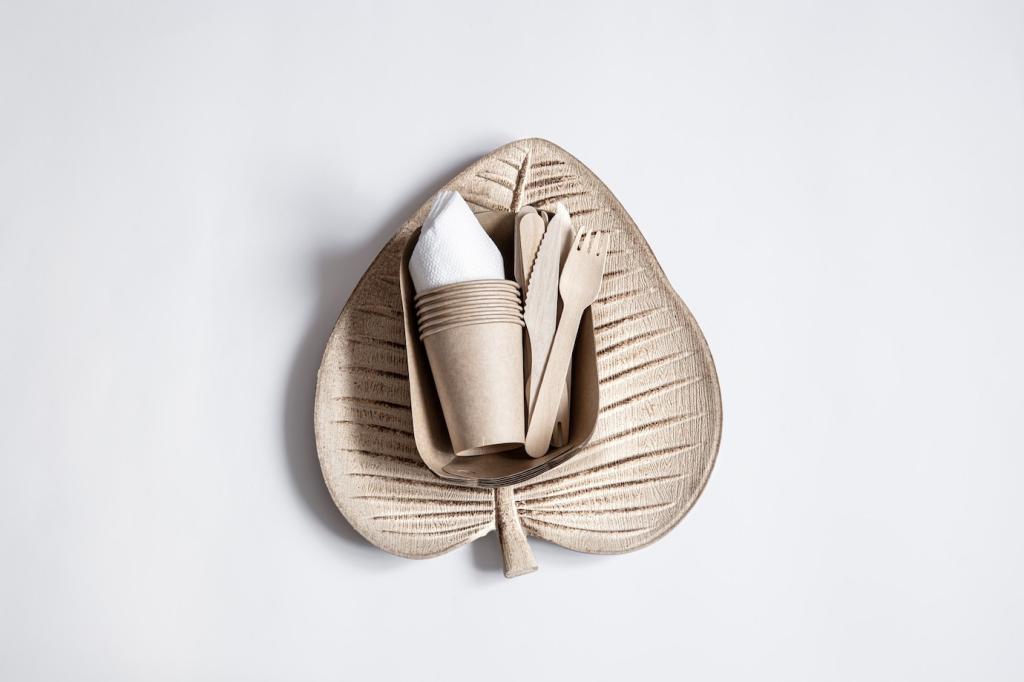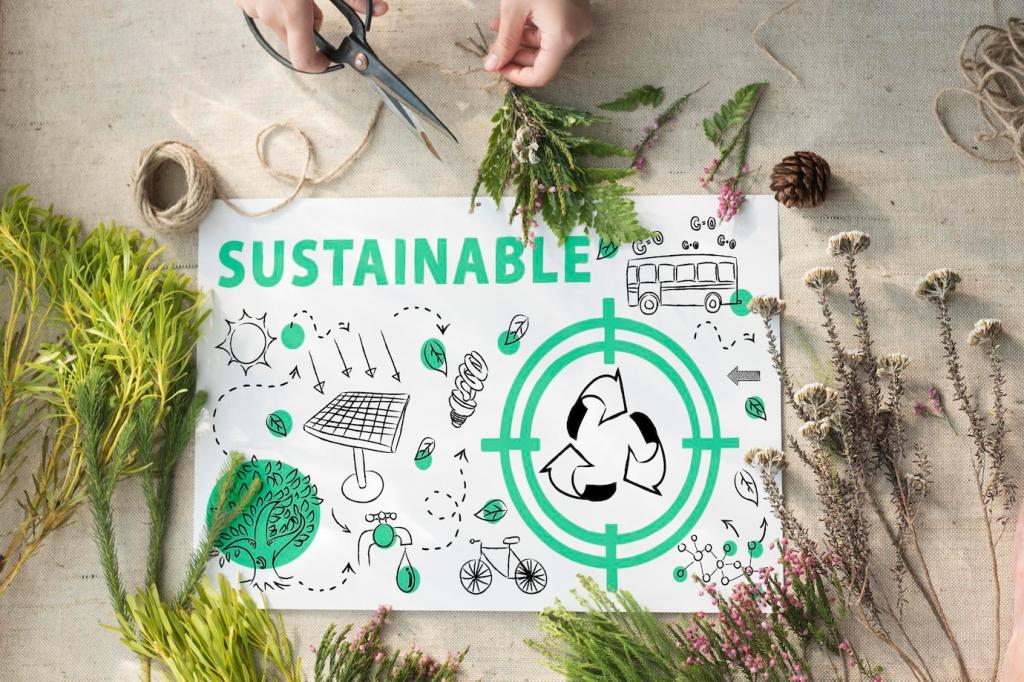
Urban Planning for Sustainable Cities: A Shared Blueprint for Thriving Communities
Selected theme: Urban Planning for Sustainable Cities. Step into a living laboratory of ideas where streets feel humane, housing is attainable, nature thrives, and climate resilience is baked into everyday life. Subscribe, share your neighborhood stories, and shape the next chapter with us.
Human-Scaled Mobility and Complete Streets
Wider sidewalks, frequent crossings, and shade turn errands into pleasant strolls. When intersections are compact and speeds are low, children, elders, and visitors navigate with confidence. Tell us where small sidewalk fixes could unlock big everyday benefits.


Urban forests and everyday shade
Trees can lower street temperatures by several degrees, protect pavements, and lift moods. Singapore’s commitment to urban greening shows canopy is essential infrastructure. Share a block that needs shade, and we’ll crowdsource a planting wishlist together.

Blue–green corridors for water and wildlife
Rain gardens, bioswales, and daylighted streams slow stormwater while connecting habitat. Seoul’s Cheonggyecheon revived a river and street life simultaneously. Where could your city turn a flood-prone curb lane into a living sponge that doubles as a pocket park?

Rooftops as climate assets
Green roofs insulate buildings and filter air; solar panels cut emissions while keeping lights on during outages. Imagine schools harvesting energy and growing herbs. Comment with a rooftop you admire—or the one you dream of transforming next.
Homes for All: Affordable, Inclusive, and Near Opportunity
Zoning for inclusion and gentle density
Duplexes, triplexes, and accessory dwellings add neighbors without overwhelming blocks. Portland’s Residential Infill Project is reshaping options. Where could a corner lot or underused garage become a welcoming home that keeps friends and family near opportunities?

Resilience by Design: Preparing for Heat, Flood, and Shock
Beating urban heat with cool strategies
Cool roofs, reflective pavements, and tree-lined bus stops protect health during heat spikes. Phoenix’s shade master plan offers practical guidance. Where do you feel heat the most on daily routes? Drop pinpoints, and we’ll chart a cooling priority map.
Living with water, not against it
Elevated utilities, floodable parks, and amphibious public spaces reduce damage while keeping cities vibrant. Rotterdam’s water squares are inspiring. Suggest a parking lot that could temporarily store stormwater and host community events when skies are clear.
Community resilience hubs and mutual aid
Libraries, schools, and rec centers can serve as hubs with backup power, cooling, supplies, and trusted staff. Share who already leads during crises in your area, and help us co-design a hub playbook tailored to local strengths.


Participatory Governance and Data-Driven Decisions
Dashboards should translate complex metrics into clear choices: safety, access, emissions, and equity. Barcelona’s observatories set a standard. Which dataset would help your community advocate better—bus reliability, shade coverage, or something missing entirely?
Participatory Governance and Data-Driven Decisions
Walkshops surface lived experience that drawings miss: glare, noise, smells, and micro-barriers. A resident in Medellín once traced a safer route that planners overlooked. Invite neighbors, map stories, and tag us with your favorite overlooked shortcut.
The 15-Minute City and Local Prosperity
Mixed-use zoning that supports daily life
Homes above shops, corner stores, and pocket offices reduce trip distances and enliven streets all day. Paris’s strategy shows why proximity matters. What nearby service would save you weekly time—childcare, a bakery, or a clinic?
Reviving main streets with people-first design
Narrower lanes, curb extensions, and benches invite lingering. When windows face the street, safety and sales rise together. Share a block where a seasonal street festival could test a long-term pedestrian-priority transformation.
Logistics, curb management, and quiet deliveries
E-cargo bikes and timed loading keep streets calm while supporting commerce. Barcelona’s micro-hubs show emissions can drop without killing convenience. Where could a tiny parcel hub or shared locker reduce double-parking on your corridor?
Culture, Memory, and Place-Making
A historic warehouse reborn as a library keeps embodied carbon while anchoring identity. In my first internship, an elder pointed to beams her grandfather raised—suddenly policy felt personal. Which building tells your neighborhood’s origin story?

